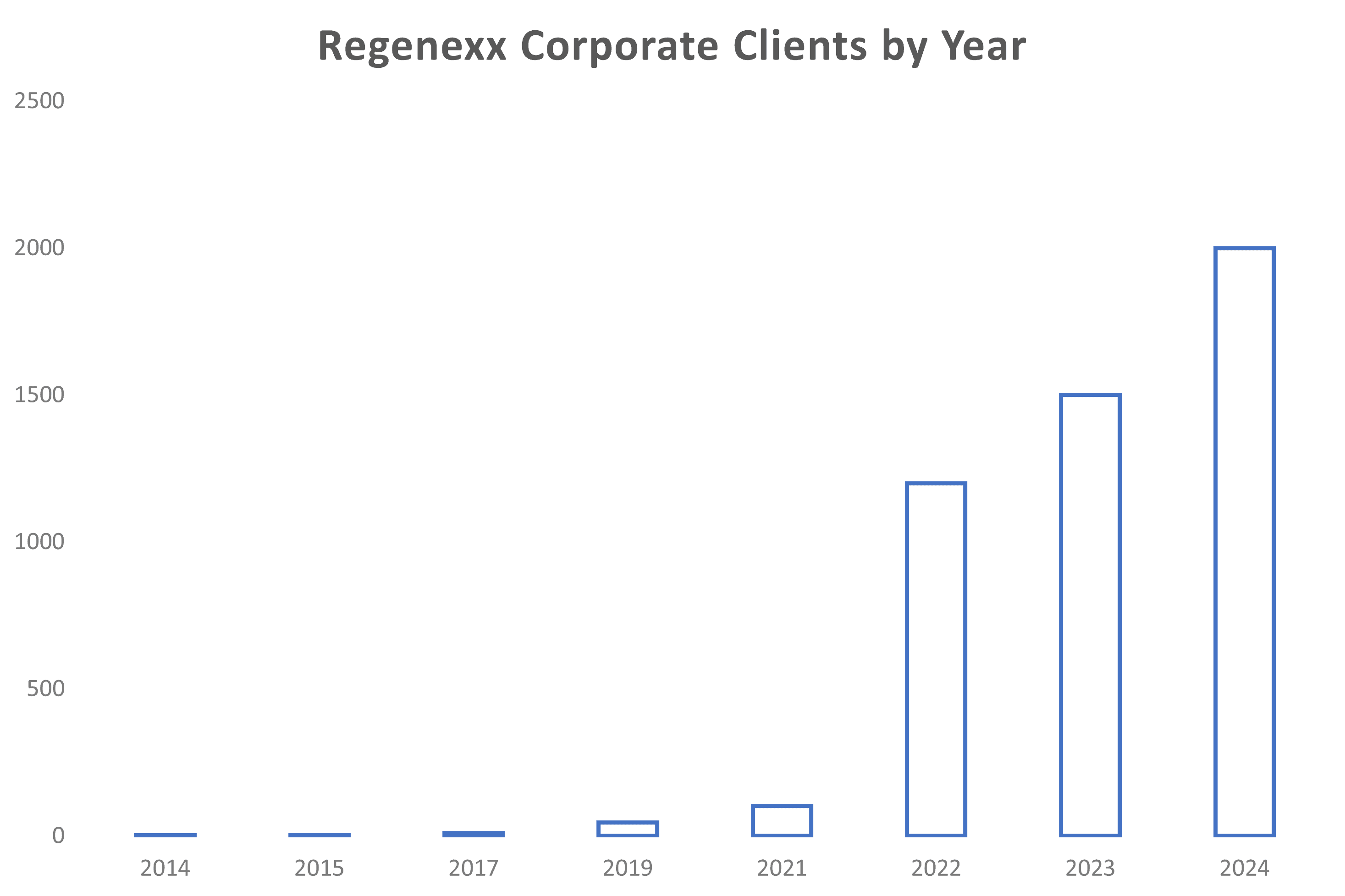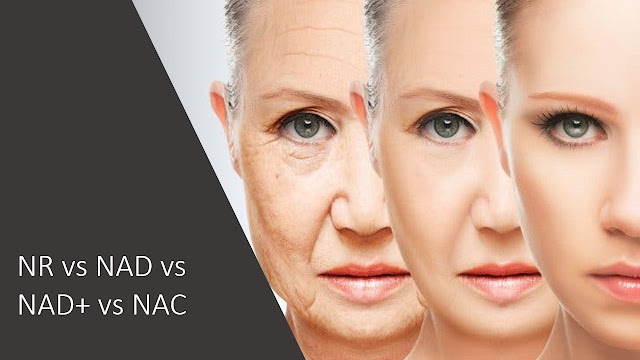PRP Knee Treatment Cost 2023
PRP or Platelet-rich plasma, is a substance that’s thought to promote healing when injected. Plasma is a component of your blood that contains special “factors,” or proteins, that help your blood to clot. It also contains proteins that support cell growth. Researchers have produced PRP by isolating plasma from blood and concentrating it.
The idea is that injecting PRP into damaged tissues will stimulate your body to grow new, healthy cells and promote healing. Because the tissue growth factors are more concentrated in the prepared growth injections, researchers think the body’s tissues may heal faster. Famous athletes like Tiger Woods and tennis star Rafael Nadal have been known to use these injections to help heal injuries.
The idea is that injecting PRP into damaged tissues will stimulate your body to grow new, healthy cells and promote healing. Because the tissue growth factors are more concentrated in the prepared growth injections, researchers think the body’s tissues may heal faster. Famous athletes like Tiger Woods and tennis star Rafael Nadal have been known to use these injections to help heal injuries.
Is PRP an Effective Treatment of Knee Osteoarthritis?
As of February 2024, more than 120 studies had been launched to investigate the benefits of PRP (platelet rich plasma) and knee osteoarthritis. You can review the status of these trials on clinicaltrials.gov.
Doctors have injected PRP into the knees of people with osteoarthritis. A 2019 review study assessing PRP’s efficacy was published in Sports Health: A Multidisciplinary Approach. Studies eligible for inclusion were randomized trials published in English that compared platelet-rich therapy to a control, assessing patients aged ≥ 18 years with musculoskeletal bone, cartilage, or soft tissue injuries.
The final analysis included 78 randomized controlled trials with a total of 5,308 patients. The review concluded that at three months, PRP treatment was associated with reduced pain, which was also observed at one year.
The authors noted the following at 3-, 6-, and 12-month follow-ups:
- Pain levels: Compared with placebos, PRP injections significantly reduced pain scores at each follow-up appointment.
- Physical function: Compared with controls, PRP significantly improved physical function at these follow ups.
- Adverse effects: Some people experienced adverse effects, but these were no more significant than those produced by other types of injection.

PRP Knee Treatment Cost
The Washington Post reports that knee injections of PRP can cost anywhere from $500 to $1,200 per treatment.
According to the American Academy of Orthopaedic Surgeons, very few insurance plans will provide any reimbursement for PRP injections. The costs must largely be paid out-of-pocket. The costs can also vary from location to location and on how the injections are used.
Insurance companies consider PRP an experimental treatment. More scientific research will have to conclude its effectiveness before it is more widely covered.
Some PRP treatments for knee are also done in combination with add on hyaluronic acid injection.
Hyaluronic acid injection serves to supplement your own hyaluronic acid and keep the bones from scraping against each other. It may also help decrease inflammation and ease pain.
The following medications are types of hyaluronic acid injections:

The Regenexx Corporate program began way back in 2014 with their Iowa affiliate who has secured a few contracts from local self-insured businesses to pay for Interventional Orthobiologics under their plans. That program has shown steady growth with more than 2000 companies signing up as of Jan 1, 2024. That includes many large Fortune 500 companies. It’s possible that by the end of this year, we could double that number of clients.

As you can see above, as a national organization, Regenexx referred almost 5,000 patients with self-funded insurance coverage for orthobiologics to their network sites. These are hard-working cops, firefighters, factory workers, secretaries, teachers, and managers.
The following medications are types of hyaluronic acid injections:
- sodium hyaluronate (Euflexxa, Hyalgan, Supartz)
- high-molecular-weight hyaluronan (Monovisc, Orthovisc)
- hylan G-F 20 (Synvisc, Synvisc One)
- cross-liked hyaluronate (Gel-One)
Getting Insurance Coverage - Regenexx Corporate Program

The Regenexx Corporate program began way back in 2014 with their Iowa affiliate who has secured a few contracts from local self-insured businesses to pay for Interventional Orthobiologics under their plans. That program has shown steady growth with more than 2000 companies signing up as of Jan 1, 2024. That includes many large Fortune 500 companies. It’s possible that by the end of this year, we could double that number of clients.

As you can see above, as a national organization, Regenexx referred almost 5,000 patients with self-funded insurance coverage for orthobiologics to their network sites. These are hard-working cops, firefighters, factory workers, secretaries, teachers, and managers.
Stages of Osteoarthritis (OA) of the Knee
- Stage 0 is assigned to a normal, healthy knee.
- Stage 1: Minor
- Stage 2: Mild
- Stage 3: Moderate
- Stage 4, is assigned to severe OA. OA that has become this advanced is likely to cause significant pain and disrupt joint movement and function.
PRP vs. Stem Cells
First, think of platelets and PRP like espresso shots for local repair cells that help them work harder. Next, think of stem cells as a general contractor for the repair response. Why use PRP five times as often as stem cells?According to Regenexx:
PRP works great for things like mild arthritis, small tears in ligaments and tendons, or in the spine.
In the spine, we use three different types of platelet or plasma mixes. PRP is platelet-rich plasma: this is concentrated platelets from your blood. We tend to use this in spinal joints, like facets. Platelet lysate is made by breaking open the platelets and extracting out the growth factors. We use this around nerves because we find that it’s highly anti-inflammatory. Finally, platelet-poor plasma is the plasma without the platelets. We tend to use this in atrophied spinal muscles.
In the spine, we use three different types of platelet or plasma mixes. PRP is platelet-rich plasma: this is concentrated platelets from your blood. We tend to use this in spinal joints, like facets. Platelet lysate is made by breaking open the platelets and extracting out the growth factors. We use this around nerves because we find that it’s highly anti-inflammatory. Finally, platelet-poor plasma is the plasma without the platelets. We tend to use this in atrophied spinal muscles.
Where stem cells really shine over platelets is in a few conditions:
- Torn and painful low back discs
- Bulging discs that can’t be treated by platelets alone
- Severe arthritis
- Larger tendon and ligament tears
Key Takeaway
A wide range of treatments, from OTC (over the counter) medications to knee replacement surgery, are available to help relieve knee pain caused by OsteoArthritis.
There is no one size fits all treatment. There are many options available. On one side of the spectrum are non-invasive strategies such as losing weight and appropriate physical therapy to strengthen your muscles and to have proper walking, standing and sitting habits. In the middle you will have less invasive strategies such as injectables i.e. PRP, steroids, stem cells etc. On the other end of the spectrum are invasive surgical treatments such as bone realignment surgery and total knee replacement (TKR).
PRP might be suitable for stage 1 and 2 knee osteoarthritis and stem cells for stage 2 and 3. Stem cell therapy might not work for Stage 4 knee osteoarthritis.
Discuss with your doctor and choose the least invasive method to begin with.
Categories: PRP, Knee Osteoarthritis









Comments